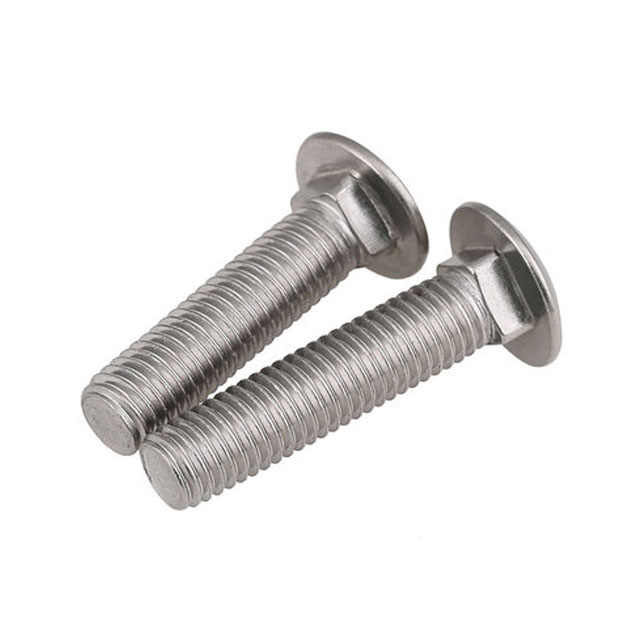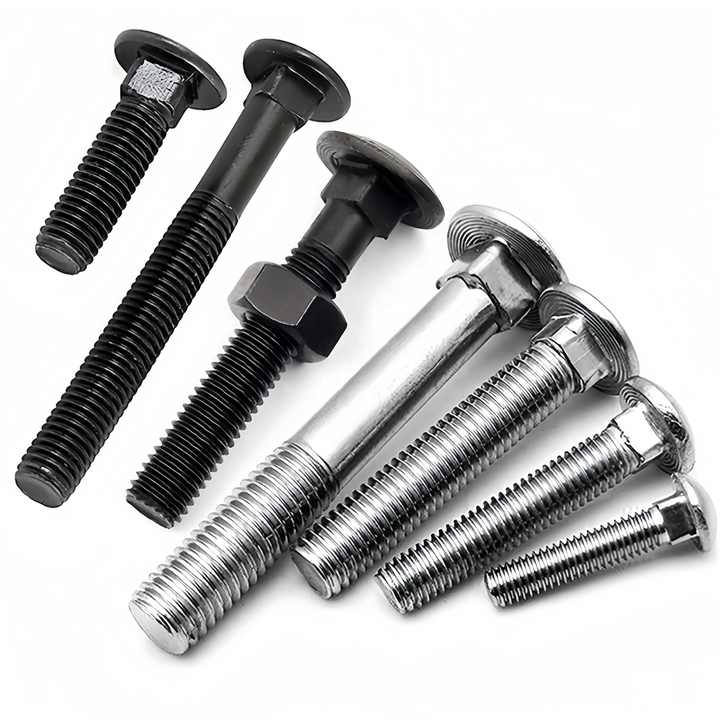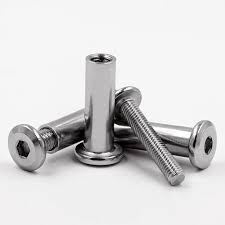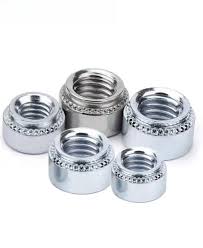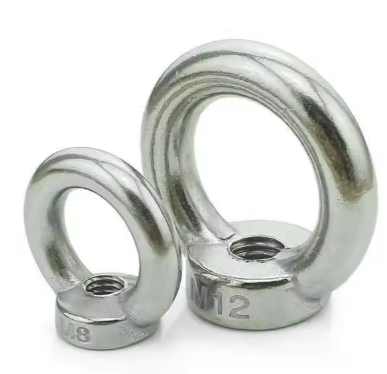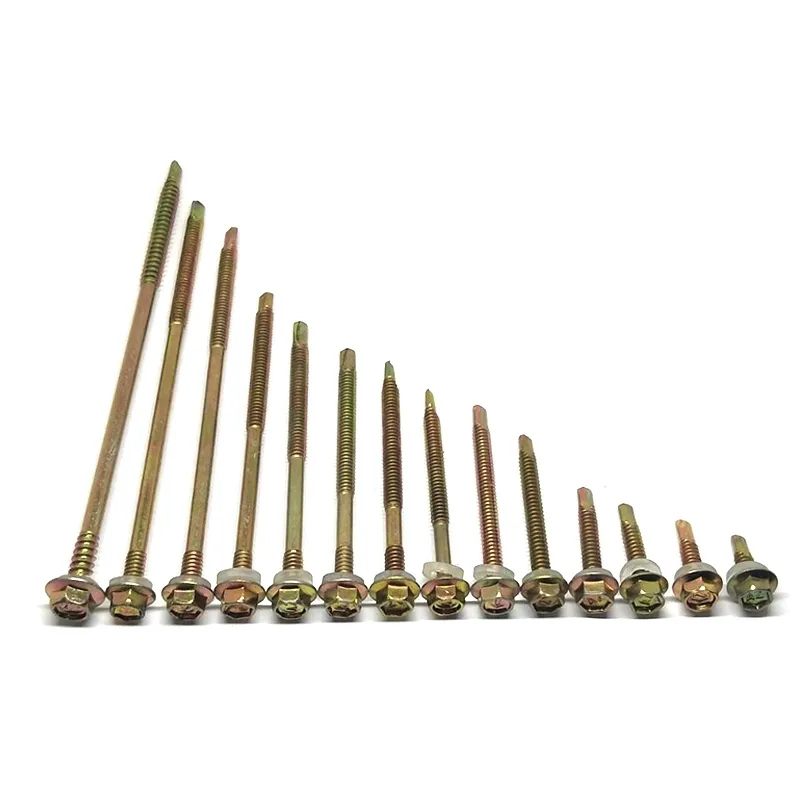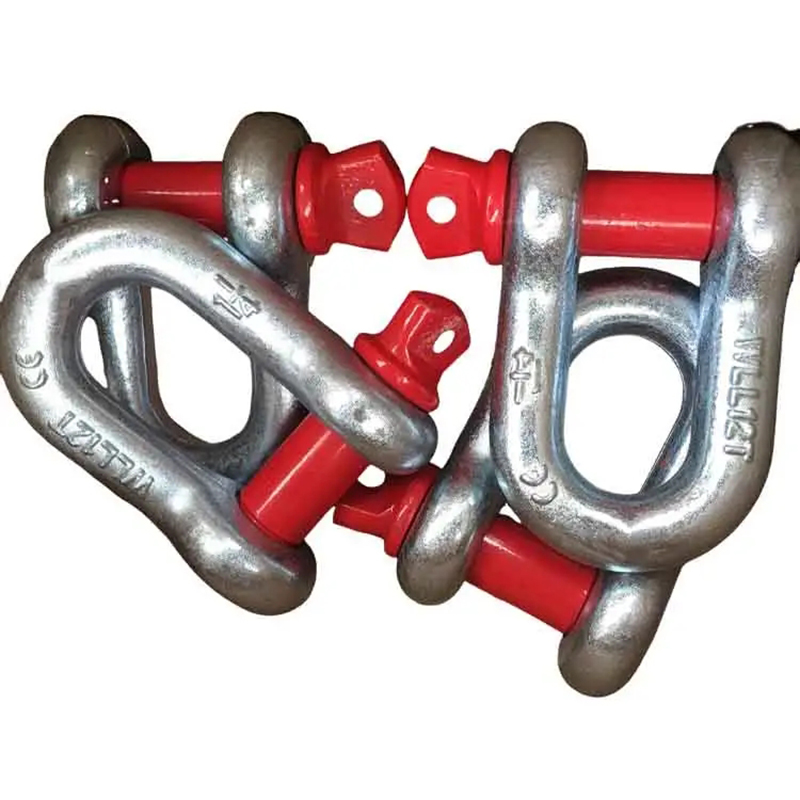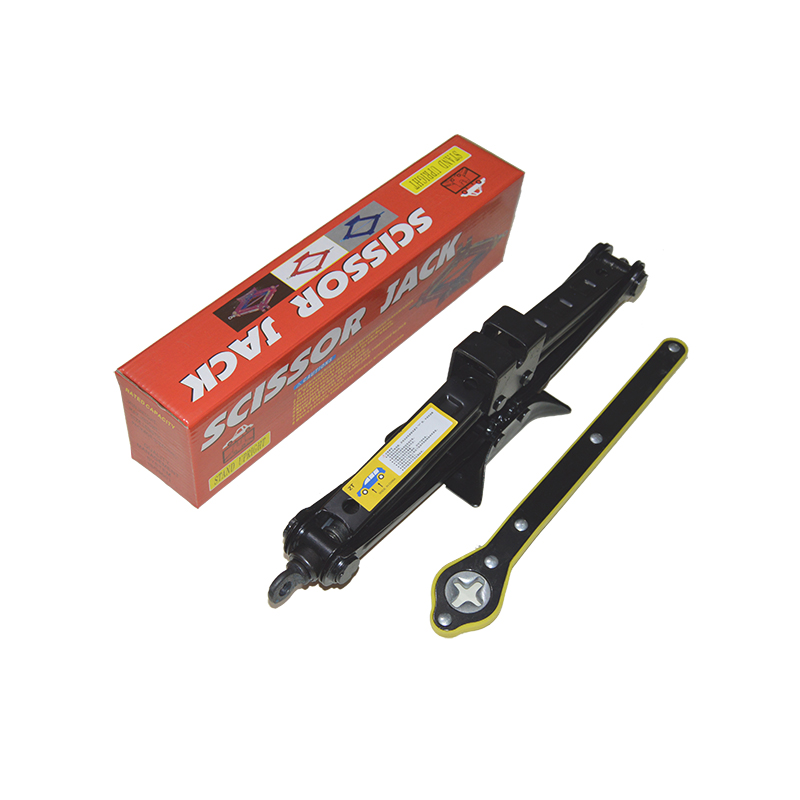

This guide provides a detailed overview of China stainless steel bolts, covering their types, applications, manufacturing processes, quality standards, and sourcing considerations. Learn about the different grades of stainless steel used, the key factors influencing price and availability, and how to ensure you're getting high-quality products. We'll also explore the thriving China stainless steel bolt market and its impact on global supply chains.
Austenitic stainless steel bolts, such as 304 and 316 grades, are the most common type used in various applications due to their excellent corrosion resistance and formability. 304 stainless steel is a versatile choice for general-purpose applications, while 316 offers enhanced resistance to chloride corrosion, making it suitable for marine environments. Many suppliers in China offer a wide range of sizes and specifications for these grades. Ensure you specify the required grade when ordering to guarantee the right properties for your application. Hebei Dewell Metal Products Co., LTD is a reputable manufacturer you might want to research further.
Ferritic stainless steel bolts, like 430 grade, offer good corrosion resistance and are often chosen for their magnetic properties and cost-effectiveness. They are commonly used in less demanding applications. While less corrosion-resistant than austenitic grades, they are a viable option when budget is a major consideration. The choice between austenitic and ferritic depends heavily on the specific application's environmental exposure and required mechanical properties.
Martensitic stainless steel bolts, like 410 grade, are known for their higher strength compared to austenitic and ferritic grades. They are often used in applications requiring superior mechanical properties but may exhibit lower corrosion resistance. The use of martensitic stainless steel China stainless steel bolts might be appropriate for high-strength applications, where strength is prioritized over maximum corrosion resistance.
The price of China stainless steel bolts is influenced by several key factors:
| Factor | Impact on Price |
|---|---|
| Grade of Stainless Steel | Higher grades (e.g., 316) are generally more expensive than lower grades (e.g., 304). |
| Size and Dimensions | Larger bolts typically cost more due to increased material usage. |
| Surface Finish | Specialized finishes, such as polishing or plating, add to the cost. |
| Order Quantity | Bulk orders often result in lower per-unit prices. |
| Market Conditions | Raw material prices and global supply and demand significantly impact prices. |
When sourcing China stainless steel bolts, it is crucial to prioritize quality and reliability. Thoroughly vet potential suppliers, verify their certifications (e.g., ISO 9001), and request samples to test material properties and quality. Consider conducting on-site inspections if possible. Clear communication about specifications, quality standards, and delivery timelines is essential to avoid misunderstandings. Remember to check for compliance with relevant international standards.
China stainless steel bolts find applications across various industries, including construction, automotive, marine, chemical processing, and food processing. Their corrosion resistance makes them ideal for outdoor applications and environments with exposure to chemicals or moisture. The specific grade of stainless steel is selected based on the environmental conditions and required mechanical properties.
By understanding the different types, factors influencing price, and quality assurance methods, you can make informed decisions when sourcing China stainless steel bolts. Always ensure that your chosen supplier meets your quality and reliability requirements.

